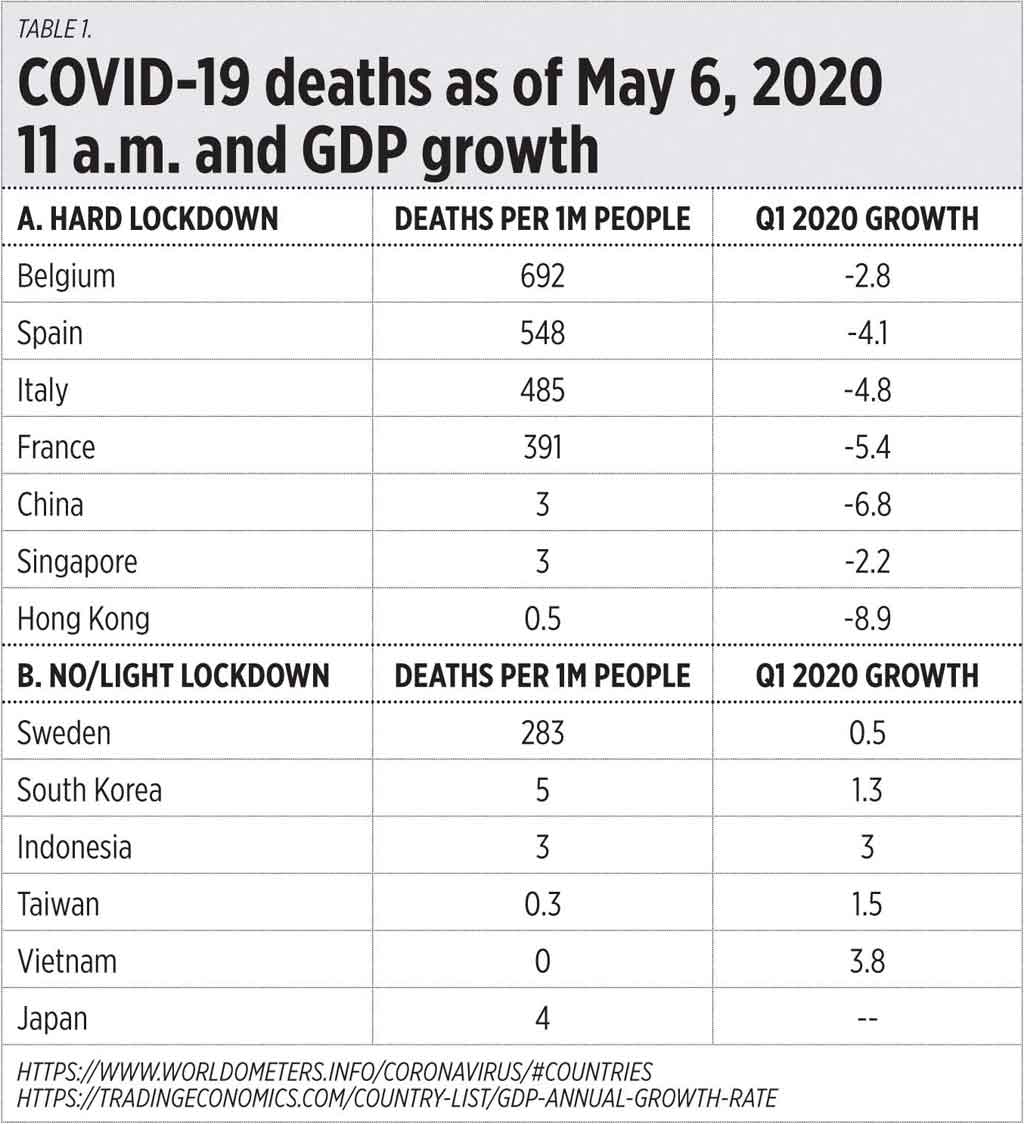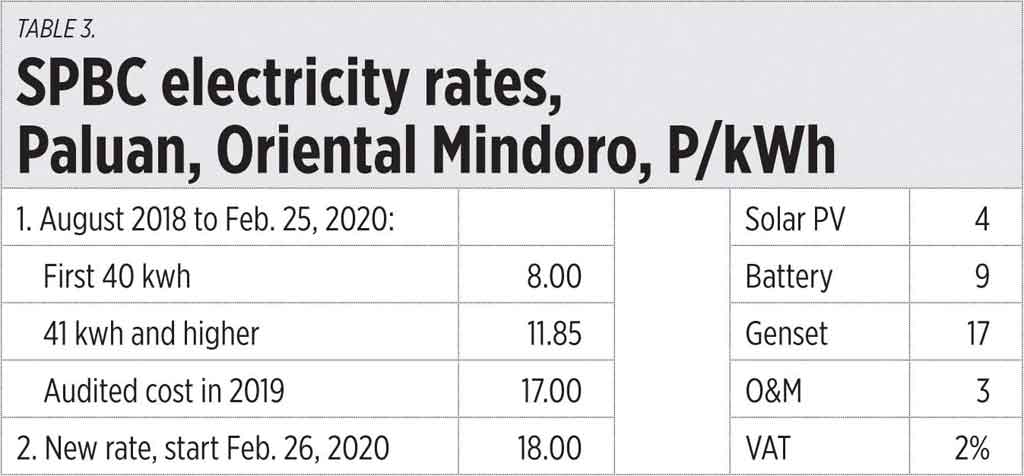Slow, U-shaped recovery shaping up behind Q2 rout — FMIC, UA&P
THE recovery will be slow and U-shaped with the dismal performance of the economy extending into the second quarter, according to First Metro Investment Corp. (FMIC) and the University of Asia and the Pacific (UA&P).
In the April issue of their Market Call, FMIC and UA&P said gross domestic product (GDP) will “contract severely” in the second quarter, when the Luzon lockdown was effective for all of April and half of May.
“Earlier optimism for a V-shaped recovery has dissipated as supply chains, both domestic and international, got disrupted,” according to the report, issued Wednesday.
“The economy may instead see a U-type recovery from a period of decline to a slow movement back to normalcy,” it added.
For the first quarter, FMIC and UA&P said they estimate negative to flat outcomes since the impact of the enhanced community quarantine (ECQ) came in late in the quarter.
However, output and exports from other regions spared from strict lockdown measures, should have produced some growth, according to the report, which cited agriculture and mineral exports out of Mindanao.
“While we have a bit of hope for flat GDP in Q1 buoyed by exports and output in the Visayas and Mindanao, the Enhanced Community Quarantine (ECQ) from mid-March to end-April in Luzon will thrust GDP growth deep into negative territory in Q2,” it said.
PSA will report official first quarter GDP data on Thursday, May 7.
The report noted that lockdowns here and overseas caused unemployment to spike and production to be cut back severely, dampening the income and spending of both consumers and producers, with governments responding with “unprecedented deficit spending.”
The measures also disrupted supply chains due to factory shutdowns, temporary store closures and inventory buildups, adding to the series of issues faced by producers.
“On a quarterly basis, Q2 will likely see a bigger dip in manufacturing output since April has a full month of factory shutdowns and more lead time will be required to get supply chains to function effectively,” it said.
It said inflation “won’t be a concern” as global oil prices plummeted, pulling down prices of goods, which will offset the tax hikes that took effect this year for alcoholic drinks and tobacco products, and upticks in basic commodity prices caused by supply chain disruptions.
It added that crude oil prices are not likely to recover “anytime soon” as demand remains weak across the globe.
FMIC and UA&P also expect a budget deficit equivalent to 7-8% of GDP this year with tax revenue expected to drop on weak production and sales, while government expenditures will surge.
“Nevertheless, the government still has the ability to borrow more from both domestic and foreign sources in order to boost its COVID-19 response program,” it said.
The government estimates a budget deficit equivalent to 5.3% of GDP this year, up from a 3.2% ceiling projected earlier before the pandemic. — Beatrice M. Laforga





